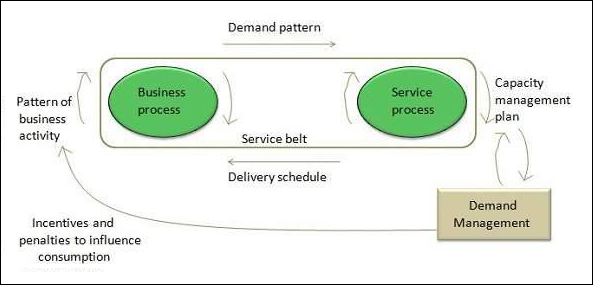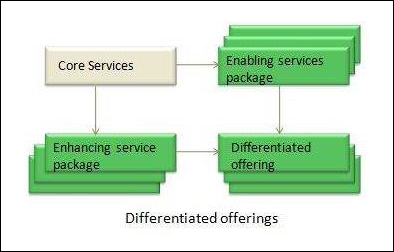
- ITIL - Home
- ITIL - Overview
- ITIL - Terminologies
- ITIL - Service Basics
- ITIL - Service Lifecycle
- Service Strategy
- ITIL - Service Strategy Overview
- ITIL - Service Strategy Roles
- ITIL - Strategy Generation
- ITIL - Service Portfolio Management
- Business Relationship Management
- ITIL - Demand Management
- ITIL - Financial Management
- Service Design
- ITIL - Service Design Overview
- ITIL - Service Catalogue Management
- ITIL - Service Level Management
- ITIL - Capacity Management
- ITIL - Availability Management
- ITIL - Service Continuity Management
- Information Security Management
- ITIL - Supplier Management
- Service Transition
- ITIL - Service Transition Overview
- ITIL - Project Management
- ITIL - Change Management
- Service Assets and Configuration Management
- Release and Deployment Management
- ITIL - Service and Validation Testing
- Service Operation
- ITIL - Service Operation Overview
- ITIL - Event Management
- ITIL - Incident and Request
- ITIL - Problem Management
- ITIL - Access Management
- Continual Service Improvement
- CSI Overview
- Service Reporting
ITIL - Demand Management
Demand Management is a very important and critical process in service strategy. It helps to understand customer demand for services so that appropriate capacity can be provisioned to meet those demands.
Improper demand management leads to improper use of services and resources. Hence its worth to analyze customers demand.
Demand Manager is the owner of this process.

Strategical Level Demand Management
Strategical Demand Management focuses on two important things as discussed below −
Pattern of Business Analysis (PBA)
PBA is an extremely important activity achieved by knowing customer how they operate and future requirement they might need.
User Profiles
It is the demand pattern shown by users. It can be processes, people or functions.
Tactical Level Demand Management
Under tactical level demand management, we focus on Differential Charging. It is a technique to support Demand Management by charging different amounts for same IT Service Function at different times.
Challenges in Demand Management
Demand Management is critical process of service strategy. The challenges that occur in this process are as shown below −
Improper analysis of customers demands lead to improper use of capacity. Excess capacity generates cost without creating value.
Sometimes certain amount of unused capacity is necessary to deliver service levels. Such capacity is creating value through the higher level of assurance made possible with the higher capacity.
It is required to have service level agreements, forecasting, planning, and tight coordination with the customer to reduce uncertainty in demand.
Service production cannot occur without concurrence presence of demand that consumes the output.
Arrival of demand is also influenced by demand management techniques such as off-peak pricing, volume discounts, and differentiated service levels
Service Packages
It has two components as discussed below −
Core services, that are the basic services for which customer is willing to pay. They bring actual value to the customer.
Support services enhance value proposition of core services i.e. added feature to key services.
Developing differentiated offerings
Packaging of core services and supporting services has implications for design and operation services. It is required to decide whether to standardize on the core or supporting services. One can arrive with same level of differentiation of in service offering taking different approaches to packaging as shown in the following figure.

Service Level packages
Service packages come up with one or more Service Level Packages (SLP). Each of the service level packages provides a definite level of utility and warranty from the perspective of outcomes, assets, and PBA of customers.
Business outcomes are the ultimate basis for service level packages.